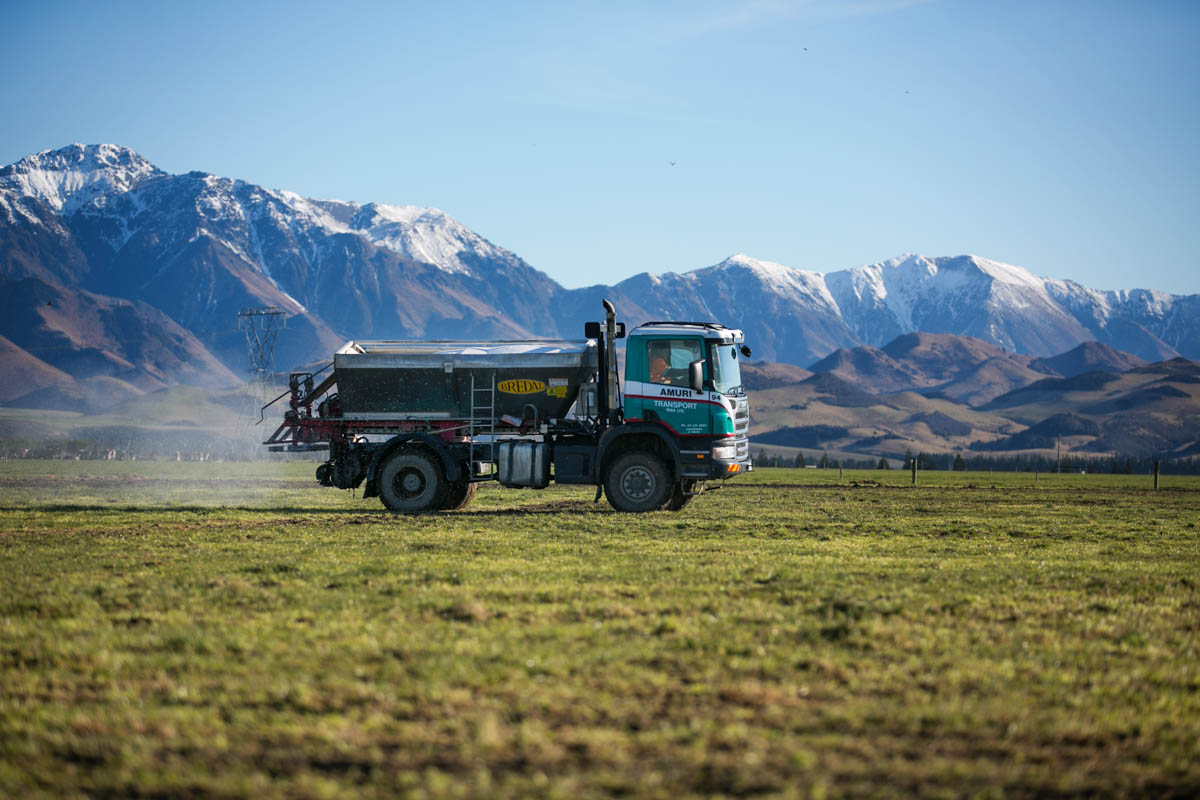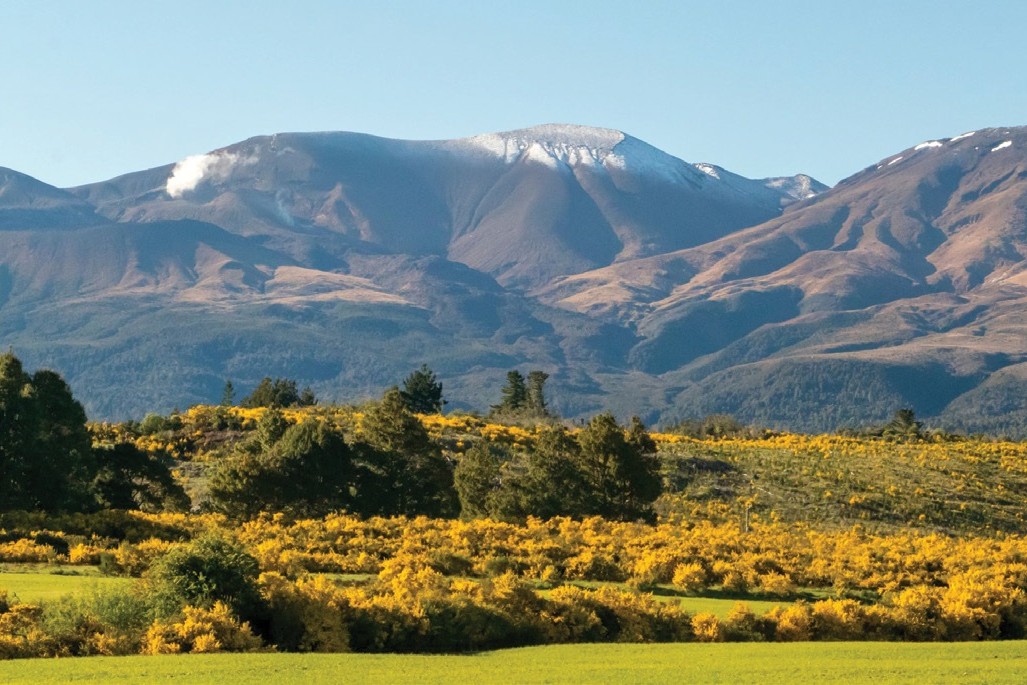South Island maize delivers
Higher and more consistent crop yields are driving the increased use of maize silage as a supplementary feed option across the South Island.

Maize silage has been grown in the South Island for more than 30 years.
Typically, South Island maize silage crops achieve yields of 20–26 tonnes of drymatter per hectare (t DM/ha). In the 2022/23 growing season, a maize hybrid trial just south of Timaru topped the country, averaging 30.14t DM/ha and with the top hybrid achieving 36.01t DM/ha.
Several factors have led to the increase in South Island maize. These include a warming climate, new maize genetics, changing environmental regulations, challenges to water availability and a desire to build more nitrogen (N) efficient farm systems.
The warming climate characterised by fewer frosts, and the commercial release of new, short maturity maize hybrids, has opened up opportunities for growing maize silage throughout the South Island.
Recent favourable growing seasons have resulted in several successful maize silage crops grown in south Otago and into Southland. Maize grain has also become a viable option in Canterbury and further north. It produces reliable yields of high-value grain and is more disease-resistant than most cereals, providing a great addition to the cropping rotation.
Changes to environmental regulations, particularly in relation to reducing intensive winter grazing, have changed South Island wintering systems. Maize silage has emerged as a sustainable alternative.
Use of off-paddock feeding facilities has enabled dairy farms to successfully integrate maize silage as a large proportion of the winter diet. Feeding maize silage as an
alternative to a winter crop helps protect soils, reduces N leaching and increases animal welfare.
Many South Island farmers have access to irrigation, which takes the risk out of critical times of year (e.g. during tasselling) when maize needs consistent moisture to achieve high yields. Moreover, maize has a deep rooting structure and is extremely water-use efficient. Compared to other plants such as cereals or ryegrass, maize has the potential to grow more drymatter per unit of water applied.
Maize silage grown according to best management practices can minimise nitrogen (N) loss and enhance environmental sustainability. Pioneer brand maize conducted a series of experiments to measure N loss to water. These showed a maize crop followed by a winter catch-crop resulted in minimal nitrate-N loss, while losses were higher with winter fallow (no winter crop) systems.
Research has shown that feeding maize silage – a low crude protein feedstuff – dilutes dietary nitrogen levels, subsequently reducing the nitrogen content of livestock urine. By harnessing these proven benefits of growing and feeding maize silage, farmers can significantly reduce the N impact of their dairy systems.
Good crop management practices should be followed to ensure growers reap the economic and environmental benefits of maize. Maize is reliant on heat to progress through its growth stages.
Selecting the right hybrid maturity is a key element of maize growing success, especially in the South Island where heat unit accumulation is lower than for the North Island.
- Supplied by Genetic Technologies.
For more visit pioneer.co.nz




